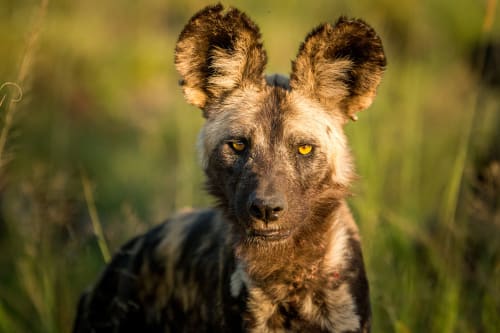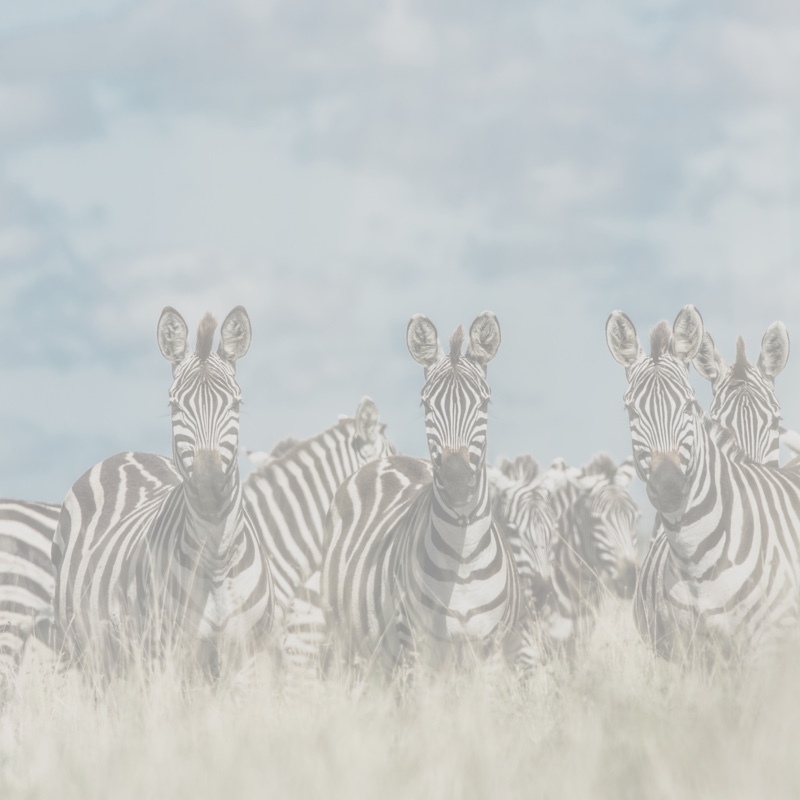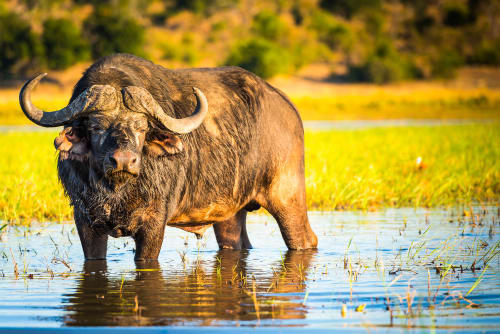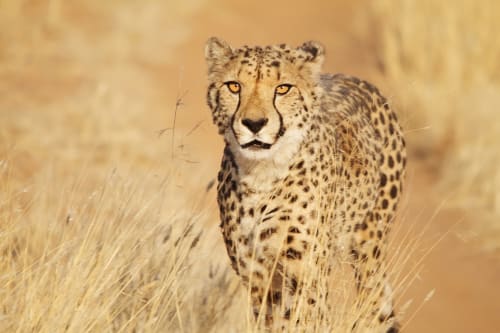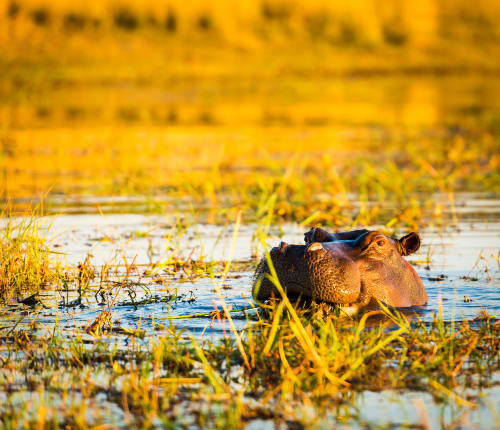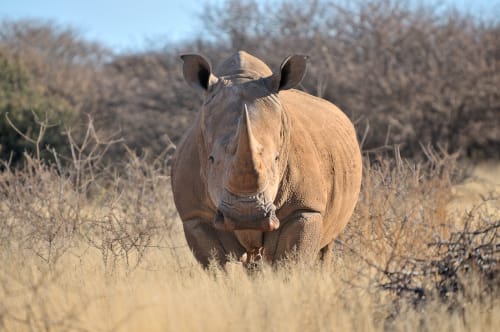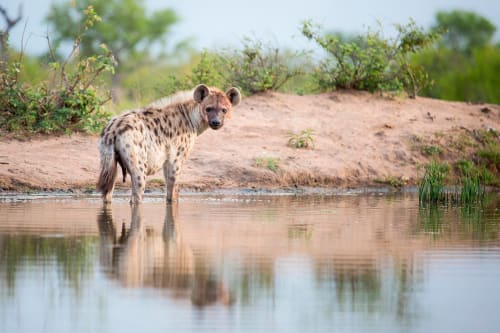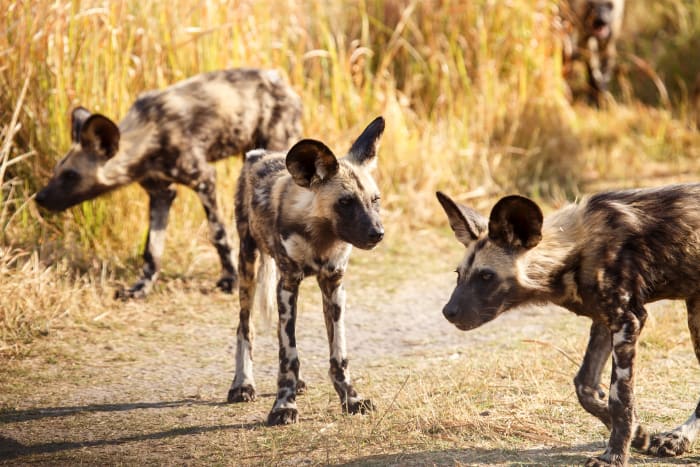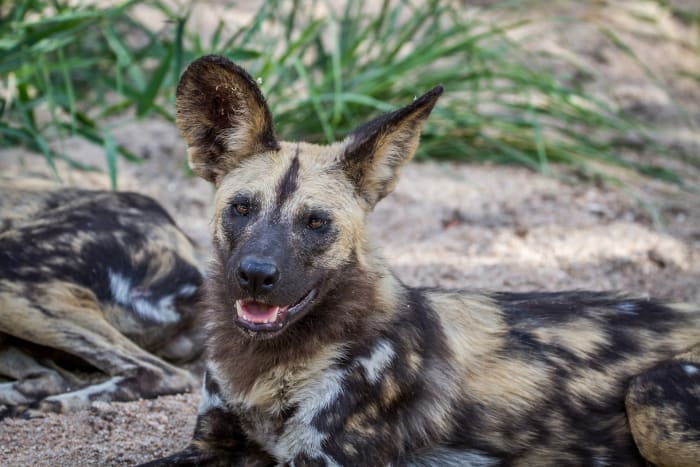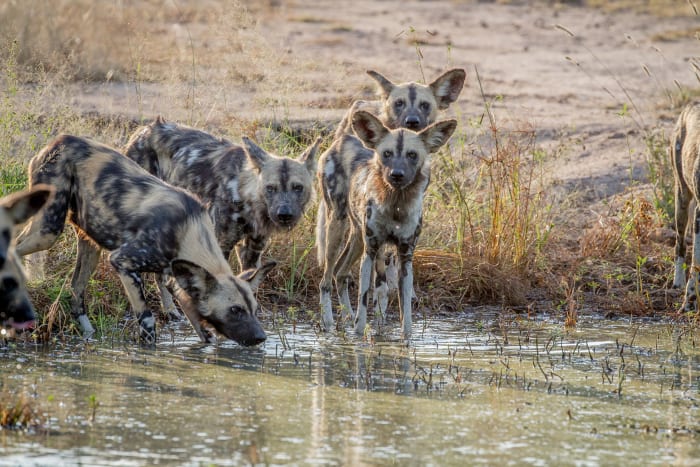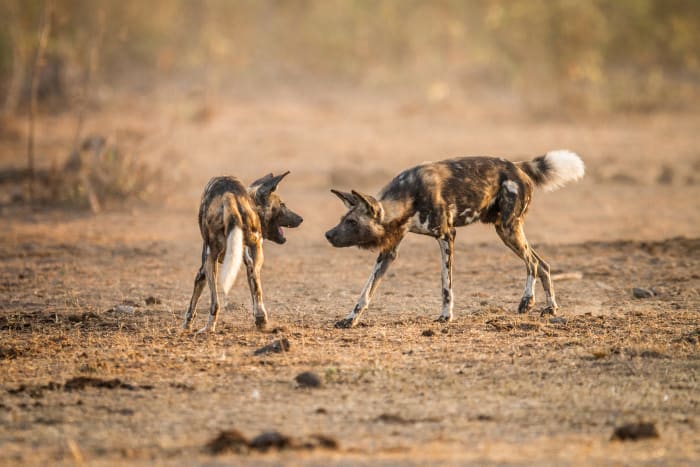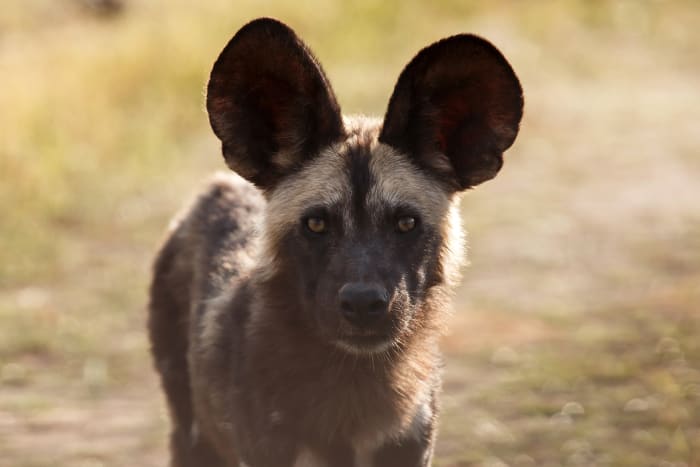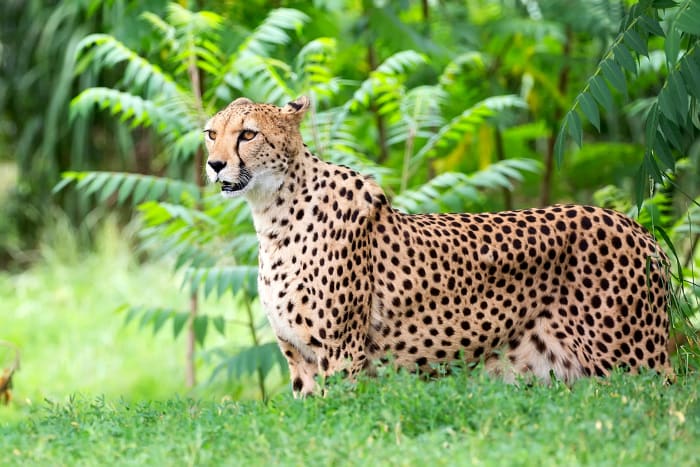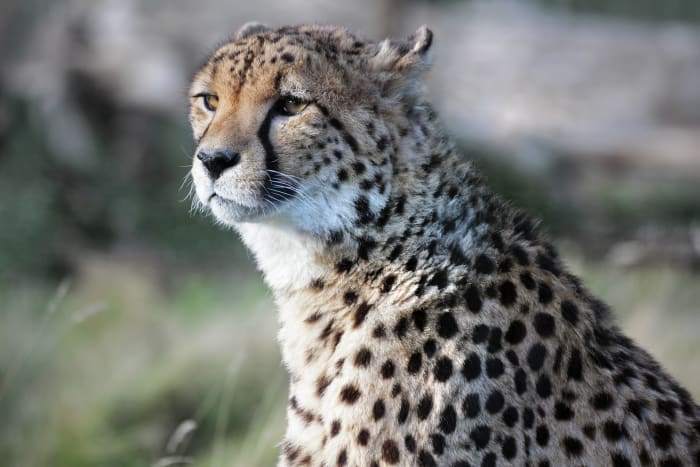The Meru is a National Park in Kenya in the provinces of Meru, Isiolo. The park was established on 01.01.1966 and covers an area of 0.87 km². The Meru is a Big Five reserve and offers the possibility of self-drive safaris.
The park lies about 100 km northeast of the Mount Kenya massif, at an altitude of 300 to 940 m above sea level and borders the Bisanadi Reserve to the east. The Tana River to the south, Ura River to the southwest and Rojeweru River to the east border the park. Meru is rather less visited than some of the more popular parks in Kenya is scenic with tall doum palms growing along the park's many watercourses.
